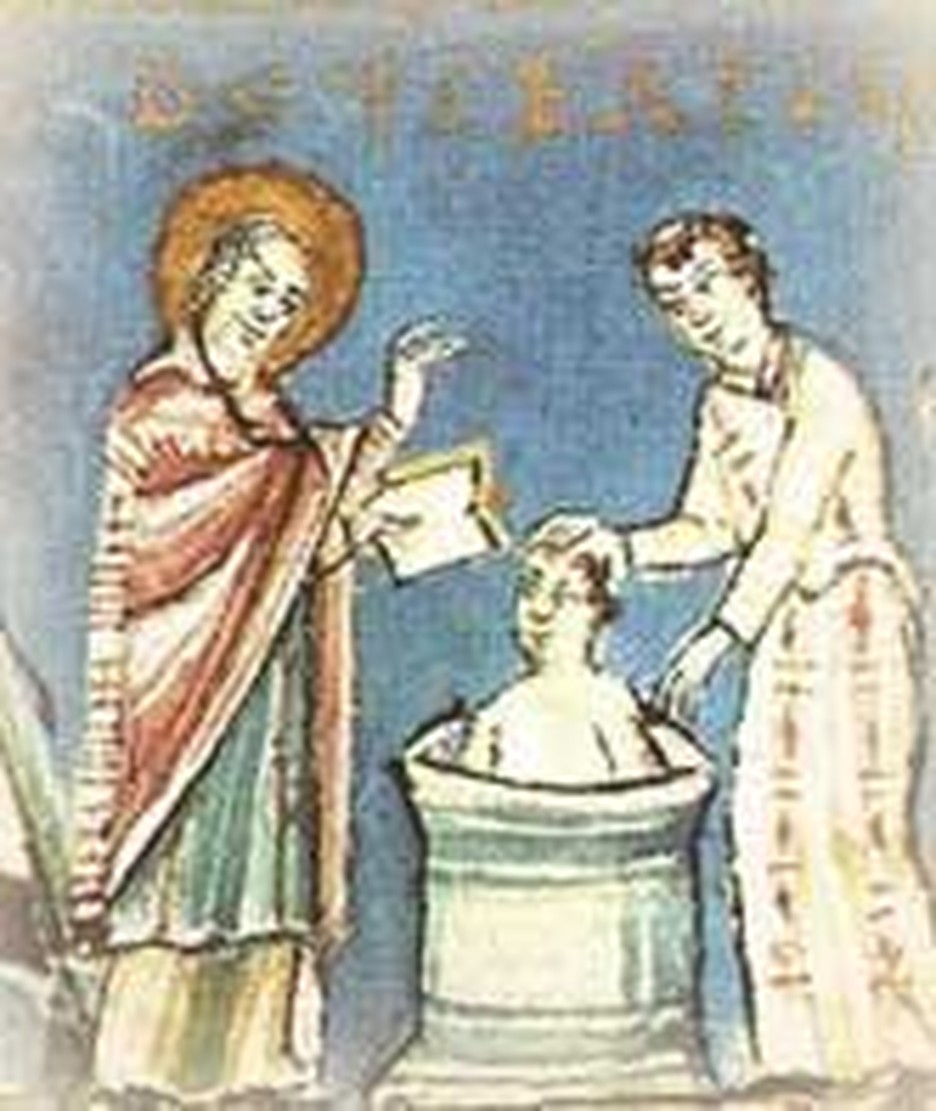
You ask me to recount the life of the holy and venerable Abbot Sturm and to put into writing the early beginnings of the monastery of the Holy Savior which he founded and which is known by the name of Fulda. You also ask me to describe the events connected with the monastery as I have heard or seen them. As far as my capabilities allow, I have carried out your request and I have compressed into this little book both the early days and life of Sturm as reliable witnesses have recounted them to me, and the foundation of the aforesaid monastery. I have also added some details about the changes effected in the course of time, such as I have heard from others or seen with my own eyes. For I, Eigil, was his disciple for more than twenty years, and I was brought up and trained in the observance of his monastery from childhood. Some of the events, therefore, which I describe can be vouched for from my own experience."
The monks who were gathered for dinner at Fulda on this day, December 17, late in the eighth century, listened with interest as Eigil's letter to Abbess Angildruth was read aloud. Most of them had heard these words before, because the reading of the Life of Sturm was an annual tradition at Fulda. But the words still reminded them of their roots and of the noble men who had guided them in the recent past.
One of them was St. Eigil. Reared south of the Danube, he entered the Benedictine monastery of Fulda in Hesse. Sturm, its founder and abbot, was a relative. Eigil wrote Sturm's life. The picture he paints is of a prayerful man, a humble and obedient associate of the master missionary, St. Boniface. After a long and arduous search, blessed by miracles and improved by prayer, Sturm located the wilderness site on which Fulda would be built. Boniface appealed to Carloman, the King of the Franks, for permission to use the land. "We have found a site suitable for monastic life in the wilderness which is called Bochon, near the river Fulda, but this property belongs to you. I now beg Your Highness to give us this place, so that under your protection we may serve Christ there." All this is told in Eigil's letter.
According to Eigil, Sturm ruled well, for "by wise remarks and his personal example stimulated them to follow in his footsteps. For whenever he suggested the adoption of some point of monastic discipline he always took pains to do it first himself so that no one should say: 'Why are your words not confirmed by deeds?' " Sturm's popularity aroused jealousy; enemies turned the king against him. The noble abbot was exiled for many years on trumped up charges. Eventually, in answer to prayer, King Pippin restored him to Fulda. Sturm died in 779 and afterward, on Sturm's day, Eigil's account of his life was read.
Sturm's successor, Baugolf, served only three years before resigning. Ratgar, the man who took his place, was a tyrant who forced heavy building projects on the monks. He went so far as to expel Eigil because Eigil was too weak to work. After fifteen years, Ratgar was deposed.
The monks elected the elderly Eigil as their abbot. When Ratgar appeared, pleading to be readmitted. Eigil, with true Christian charity, used his influence with King Louis the Pious to readmit Ratgar into the community. Ratgar lived humbly and quietly after that. As for Eigil, he died in 822.
Bibliography:
- Eigil. Life of Sturm. Medieval Sourcebook.
- "Fulda." Catholic Encyclopedia. New York: Robert Appleton, 1912.
- Schaff, Philip. History of the Christian Church. Volume IV, Mediaeval Christianity From Gregory I to Gregory VII A. D. 590-1073. Charles Scribner's Sons, 1910.
Last updated June, 2007

.png)
